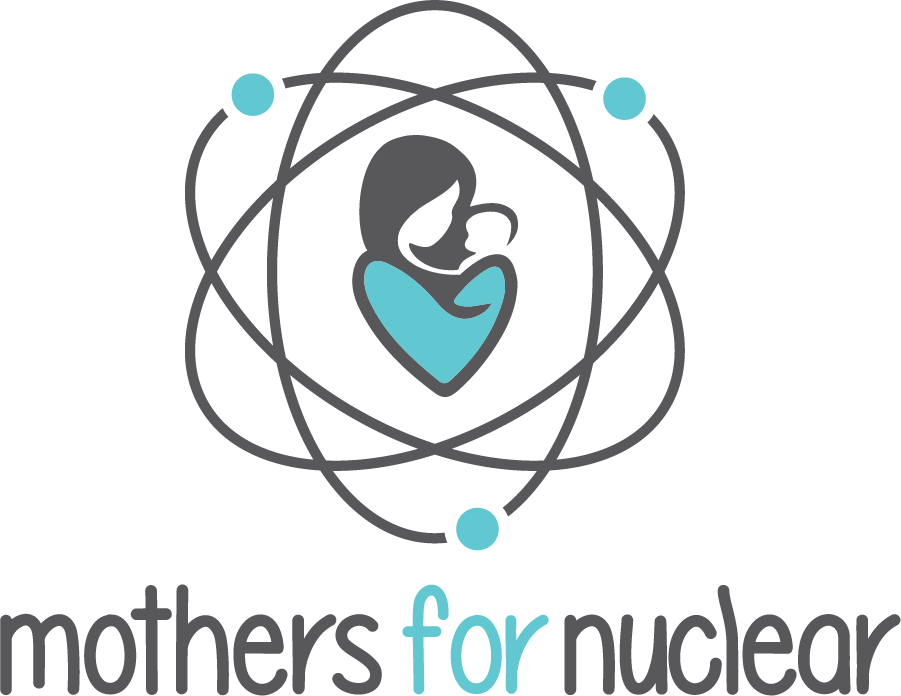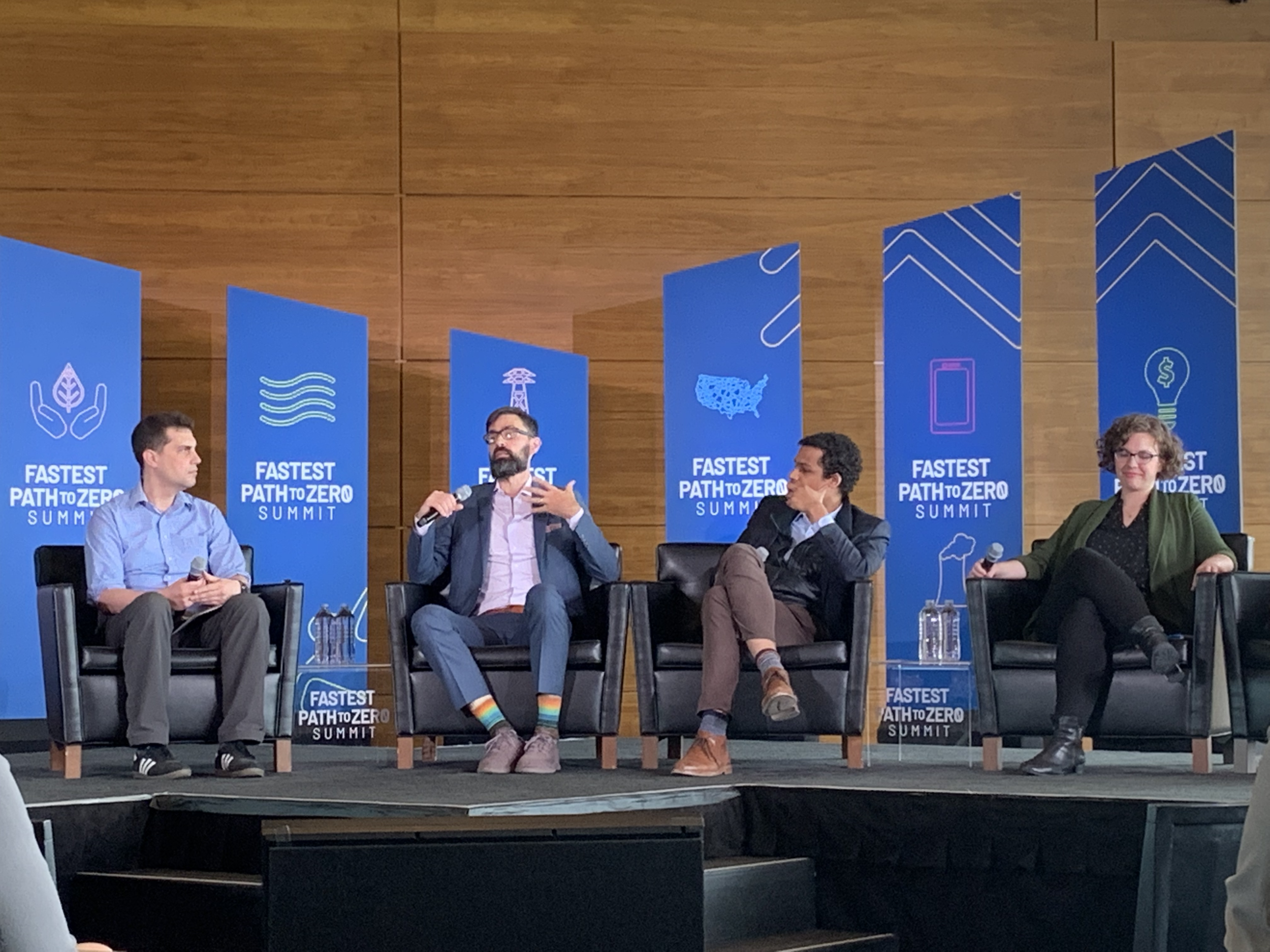Fastest Path to Zero
Reporters at the Fastest Path to Zero discuss their experiences reporting on Climate Change
It is going to be a long effort of consistently showing up, but I hope when I am old, kids are surprised when, if ever, they learn that there was an anti-nuclear movement.
By: Emma Redfoot
It is the end of the year and a good time to reflect on what new revelations have come in 2019. One of the biggest for me as a nuclear advocate came from a climate change event I attended called Fastest Path to Zero.
In April 2019, I attended an event hosted by Third Way bringing together different voices in climate change to discuss the different challenges and solutions to getting to a zero carbon emission economy. As I listened to the President of the Union of Concerned Scientists, Kenneth Kimmell, discussing how we can engage the communities that have been left out of the climate conversation, I realized this is the first time I have been at a climate change event where there was a mix of people all working towards the same goal, though they did not agree about nuclear power. The difference of opinion on this one issue was strange when the underlying shared concern for our climate and for empowering people was so strong.
Sitting in the audience agreeing with speakers of all types of backgrounds on different parts of how people might deal with climate change, it was clear how absurd the infighting within the climate community and the related energy conversation has become. Why does there seem to be a team sport aspect between climate thinkers when everyone ultimately benefits or suffers? As a human race, we either figure out a way to mitigate and adapt to climate impacts in a way that people and the environment can thrive, or we do not. Certain groups will be harmed more by climate change, but everyone will be impacted.
Why does there seem to be a team sport aspect between climate thinkers when everyone ultimately benefits or suffers? As a human race, we either figure out a way to mitigate and adapt to climate impacts in a way that people and the environment can thrive, or we do not.
I know that most of the people who are reading this are likely in the pro-nuclear camp. This is the main message I want to share from the Fastest Path to Zero event: If we want to make progress on climate, including building nuclear, we need to start showing up to events that reflect our stated concern about climate change. There are pro-nuclear people who make this effort, but too often it seems like nuclear is estranged from the climate discussion. I understand that there is a history of environmentalists rejecting nuclear. In some ways, being against nuclear power was a definitive aspect of the environmental movement. The good news is it is not anymore. Young people who care about the environment are not burdened with the same cultural associations with nuclear as the previous generation. There are leaders in the environmental movement who are pro-nuclear. Even environmental groups like the Environmental Defense Fund are no longer explicitly anti-nuclear. Everyone needs to get over old hostilities. We need to work together. There is no one solution to dealing with climate change.
Emma discusses both benefits and disadvantages of multiple energy sources, including nuclear and renewables
If we want to make progress on climate, including building nuclear, we need to start showing up to events that reflect our stated concern about climate change.
The other main lesson I learned from The Fastest Path to Zero event is that if we want to see better public opinion on nuclear, the best place to learn is seeing how renewables developed. Renewables developed as a grassroots movement that started at a local level. Nuclear can start by having local governments pass statements acknowledging the benefits of nuclear power. Renewable technologies have been adopted by the existing environmental movement. There is no need to start from scratch on developing a grassroots pro-nuclear movement. In some ways, the pro-nuclear advocacy movement so far is developing in a similar way to the rest of how nuclear has developed; isolated from the larger picture of energy development. Nuclear is a technology. The reason why the technology is good is because it is clean, it is reliable, and it can scale to power an industrialized economy. If nuclear starts being discussed within communities that share these values, then there is a way to tap into an already existing network of people who care about the same things many of us in the pro-nuclear environmentalist community do. As much as I love the nuclear advocacy group I am a member of, I think it would be better if there was no clear non-technical nuclear community, just like there is really no separation between the renewable and environmental communities.
To conclude, I want to share my experiences of going to a town hall meeting about the Green New Deal. While there, I made sure to explicitly state multiple times that I am a nuclear engineer and make it clear that I was open for questions. The young people were stoked on nuclear. Other people in the group were curious, asked questions, and reflected that they had never met someone interested in nuclear at an environmental event. This did not surprise me at all, but it should. The largest source of emissions free energy in the US should be a part of the conversation at a climate event. It is going to be a long effort of consistently showing up, but I hope when I am old, kids are surprised when, if ever, they learn that there was an anti-nuclear movement.



